CHILDREN AND DEFIBS
The role of using defibrillators on ‘children’ is confusing. Typically ‘children’ with respect to defibrillators refers to any person under 25Kg in weight, which typically means 7 years and under in the UK.
Cardiac arrest in this age group is very rare, typically about 10 per annum (in non ‘at risk’ children) in over 3.4 million children, and so should not drive any decision on the choice of equipment. The confusion arises as some adverts for defibrillators say ‘child-friendly’ or suggest higher incidences that occur in reality, as they include teenagers. A ‘child’ of 29 Kg and aged 61/2 is actually an adult, in defibrillator terms. 2/3 of all child 999 issues are Respiratory Arrest, not Cardiac Arrest. So what is meant by ‘child use’ for defibrillators?
HOW DO DIFFERENT DEFIBRILLATORS ADDRESS USE ON CHILDREN UNDER 8 YEARS OLD?
In simple terms, it's like driving a car at night with full headlights (Adult settings). The approaching car will be dazzled unless you:
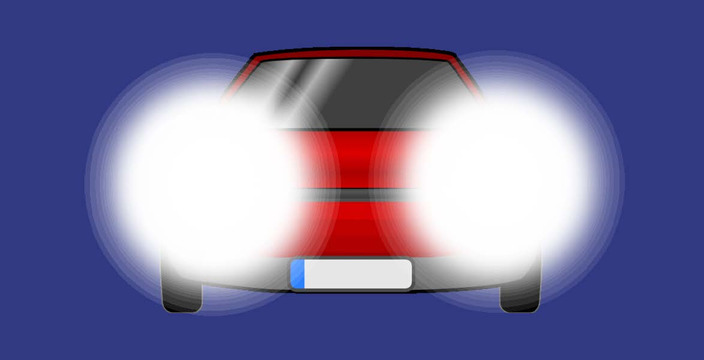
1) Keep your headlights at full setting, resulting in possible accidents or damage – Retain adult settings on the defibrillator
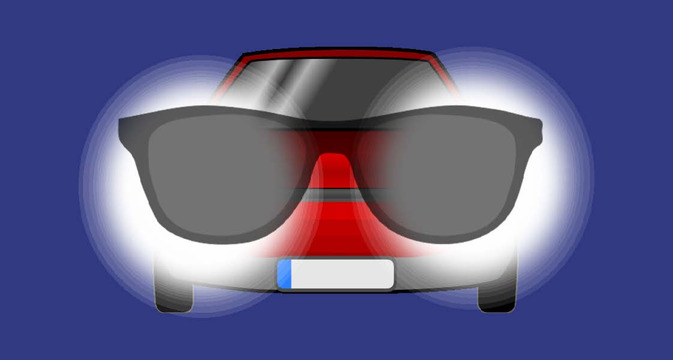
2) Place filters over your headlights to dim the beam, so they appear dimmer but are still facing full on – Using Paediatric electrodes that reduce the energy via resistors in the electrodes or cables
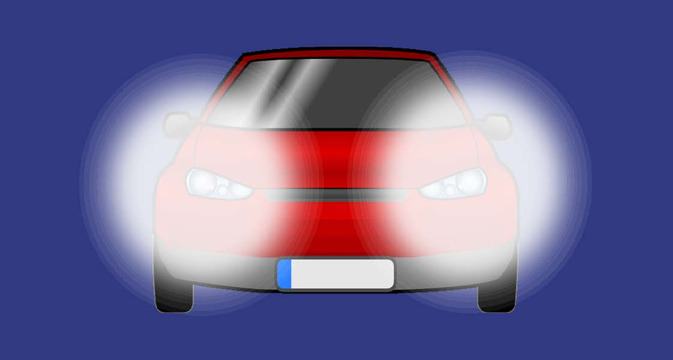
3) Reduce the energy going to the headlights, so they appear dimmer but are still facing full on – Use of a "Child-switch" to reduce the energy being delivered to the electrodes
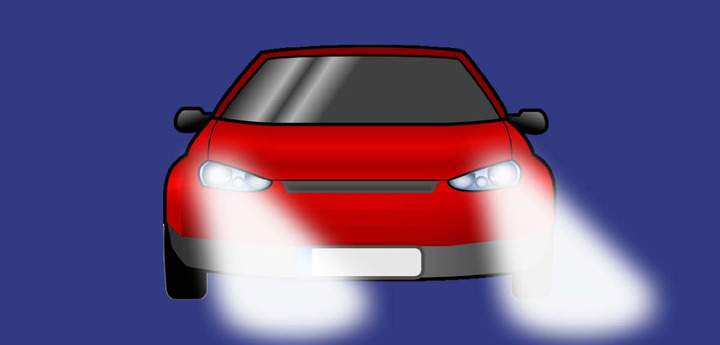
4) Recognise the approaching car, its position on the road, turn the beam away and reduce the energy (dip the lights) – Use of Paediatric protocols within the actual defibrillator itself
Different defibrillator models use different approaches. However, the gold standard would be to change the protocols so that the energy and waveforms being delivered to the child, are appropriate for the clinical situation (4), rather than just reduce the energy. Add this to changing instruction sets for children, and the outcome is likely to be better and more appropriate than just reducing the energy, by whatever means.
“If there is any possibility that an AED may need to be used in children, the purchaser should check that the
performance of the particular model has been tested in paediatric arrhythmias.” – RC(UK) 2015
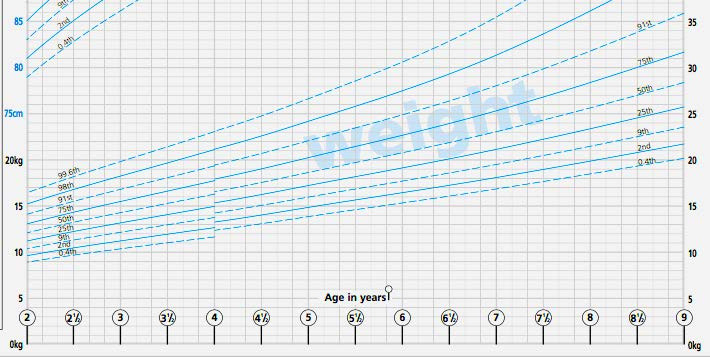
Looking at the Department of Health height/weight charts, the 50th percentile (ie average) for 25Kg is around age 71/2 in the UK. Girls are slightly lower. Thus over half of the children are over 25Kg by the age of 8 years old. Thus the important aspect to consider is weight, not age. For simplicity, it is easier to gauge an age rather than weight. However, the RC(UK) guidance on the level of shock to give a juvenile is 4 Joules per Kg in weight, which would suggest that the correct shock for a 25Kg is more than the reduced shock of 50 J for a ‘child’ and should be 100 J.
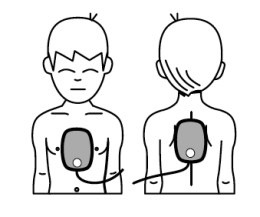 Most defibrillators can be used on children down to the age of 1 year old. However, the guideline from the UK Resuscitation Council is that if possible and under the 25Kg threshold, paediatric electrodes should be used to reduce the shock level. However, if there are no attenuation devices available, then adult electrodes can be used but placed front and back of the patient.
Most defibrillators can be used on children down to the age of 1 year old. However, the guideline from the UK Resuscitation Council is that if possible and under the 25Kg threshold, paediatric electrodes should be used to reduce the shock level. However, if there are no attenuation devices available, then adult electrodes can be used but placed front and back of the patient.
“If using an AED for a child of less than 8 years, preferably deliver a paediatric attenuated adult shock energy (50-75 J) if an attenuator is available. If one is not available use a standard AED which will deliver adult shock energy doses. If using an AED for a child over 8 years, use the adult shock energy.”
Place the pads on the front and back
(Ref: RCUK, Paediatric AED guidelines 2021 - updated March 2024)
In reality, this means that the chance of using a defibrillator on a child under the age of 8 years old in an average community in the UK is about 1 in 3000 years. The chance of that defibrillator being used on an adult in the community (ie over 8 years old) is 1 in 1000 people per annum. In simple terms, it is more likely to be used on the adult many times more than an under 8. On an adult, you must use adult settings. ‘Switch’ devices generally can easily be left in a paediatric setting when not in use. with resulting issues.
Back to Cardiac Arrest Information
